
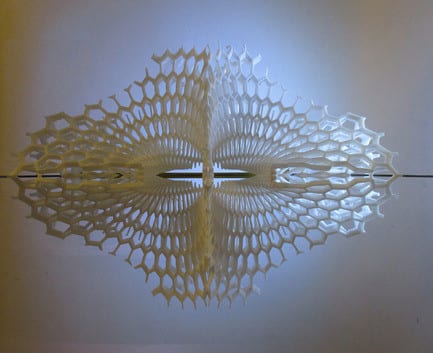
A v2com exclusive
Lace LED
Margot Krasojević Architects
Re-cycled post consumer waste plastics LED light
London, United Kingdom, 2017-01-02 –
The lace LED is an example of 3D printed product design investigating the importance of recycling and re-appropriating plastics. The award-winning architectural studio predominately explores renewable energy, sustainability and environmental issues within architecture and product design.
The LED light diffuser is printed with recycled post-consumer plastics like synthetic polymer packaging found in take-away food containers as well as 3D printer off-cuts.
The light’s geometry is a series of complex dimensions, similar to a fractal the shapes perceived are neither one or two-dimensional, they are considered fractional dimensions suggesting the surface is neither a plane or a complete form. Fractal dimensions reserve self-similarity across scales, only being restricted through context in this case the envelope and boundary of the light’s form, the pattern configurations have similar characteristics to a piece of woven lace.
The Lace LED is an example of scale invariance, an exact form of self-similarity where at any magnification there is a smaller piece of the object that is similar to the whole.
These complex shapes direct LED light through the entire pattern, which diffuses, deflects and refracts light creating a moving shadow whilst focusing it. The form is the antithesis of the mass-produced recycled bottles and waste used in its fabrication. The parametric design pattern comes in an infinite sequence of configurations from digital model to printed object.
The diffuser is hinged on a pivot which rotates within a frame altering the light dispersion through-out the form.
The LED bulb is energy-efficient, emitting no heat the LED is a bright 60 Candela white warm visible for 4 metres in a dark room.
Lace LED is 3D printed in ceramic, polymer, silver and brass.
About Margot Krasojević Architects
Margot Krasojević was raised in London, Serbia and Russia. Margot has architecture design studios in London and Beijing; projects commissioned include a pop-up airport/airstrip hotel in Doha- The Jetway, which is a new building typology featured as part of Virgin Airways Disruptors. A series of projects followed focusing on renewable energy and sustainable architecture, including the Hydroelectric Prison in Canada, the Spillway Pavilion in Paris, the Hydro-electric Tidal House in Cape Town, the water purifying footbridge in Amsterdam and the Suspended Hotel Campsite in Provence to name a few.
She began running an undergraduate architecture design studio at The University of Greenwich and The Bartlett, U.C.L. Having worked for Zaha Hadid and NOX she opened her own research design studio, Decodeine, in 2000. Prior to which she was awarded a postgraduate diploma from the A.A. Completing her academic studies at U.C.L.
– 30 –
- Margot Krasojević Architects
- Margot Krasojević
- [email protected]
- 00442089956651
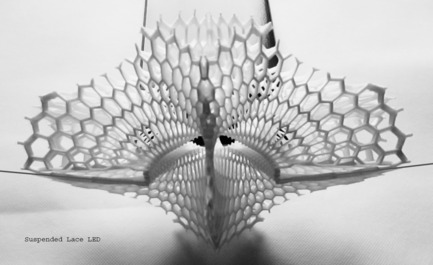
Margot Krasojević
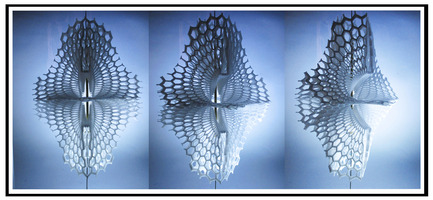
Margot Krasojević

Margot Krasojević
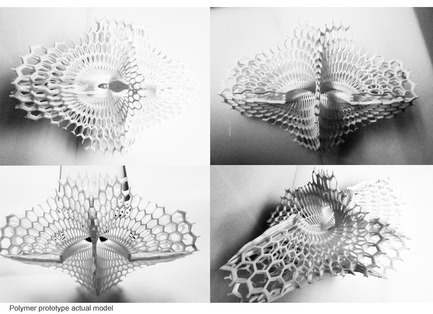
Margot Krasojević
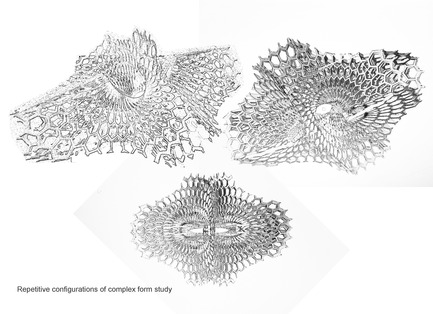
Margot Krasojević

Margot Krasojević
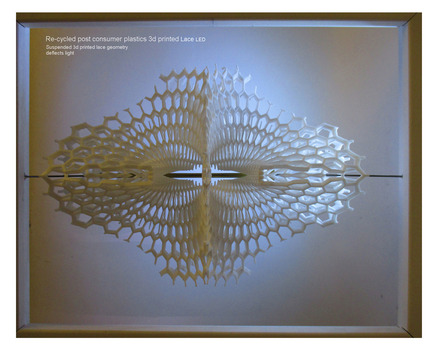
Margot Krasojević
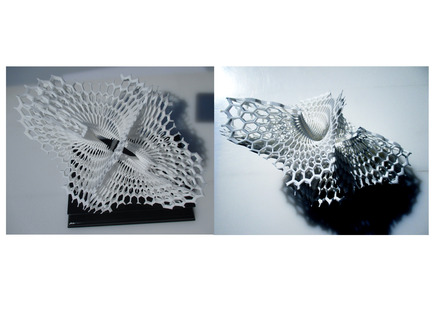
Margot Krasojević
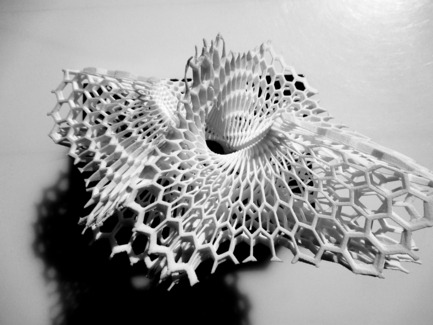
Margot Krasojević
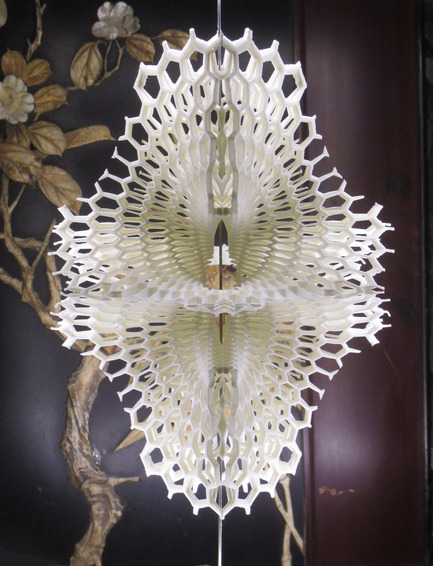
Margot Krasojević
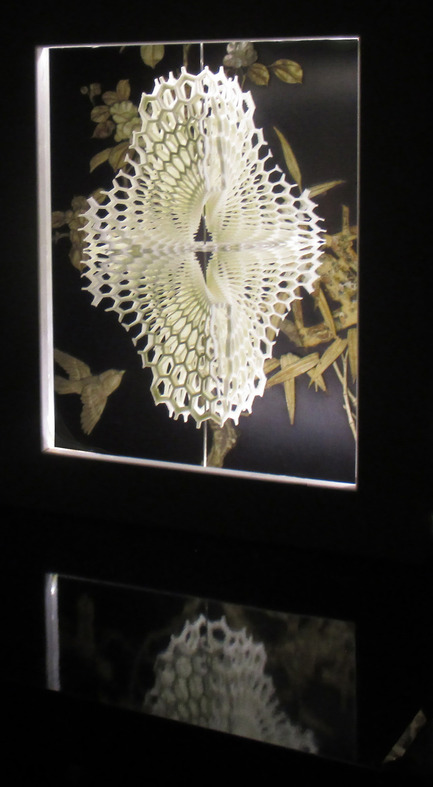
Margot Krasojević
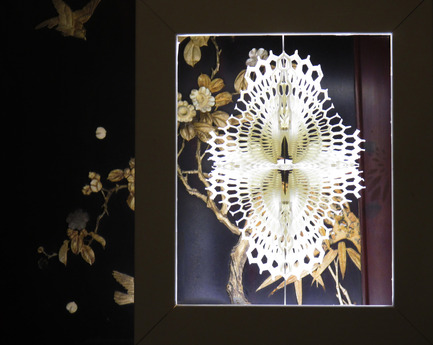
Margot Krasojević
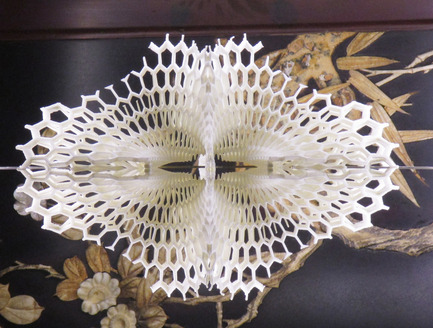
Margot Krasojević
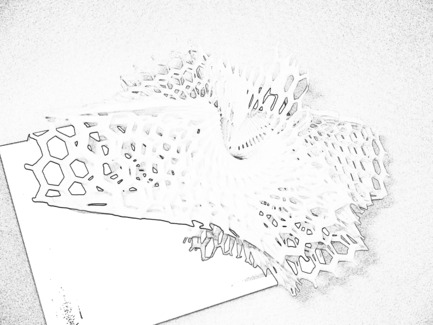
Margot Krasojević

Margot Krasojević



